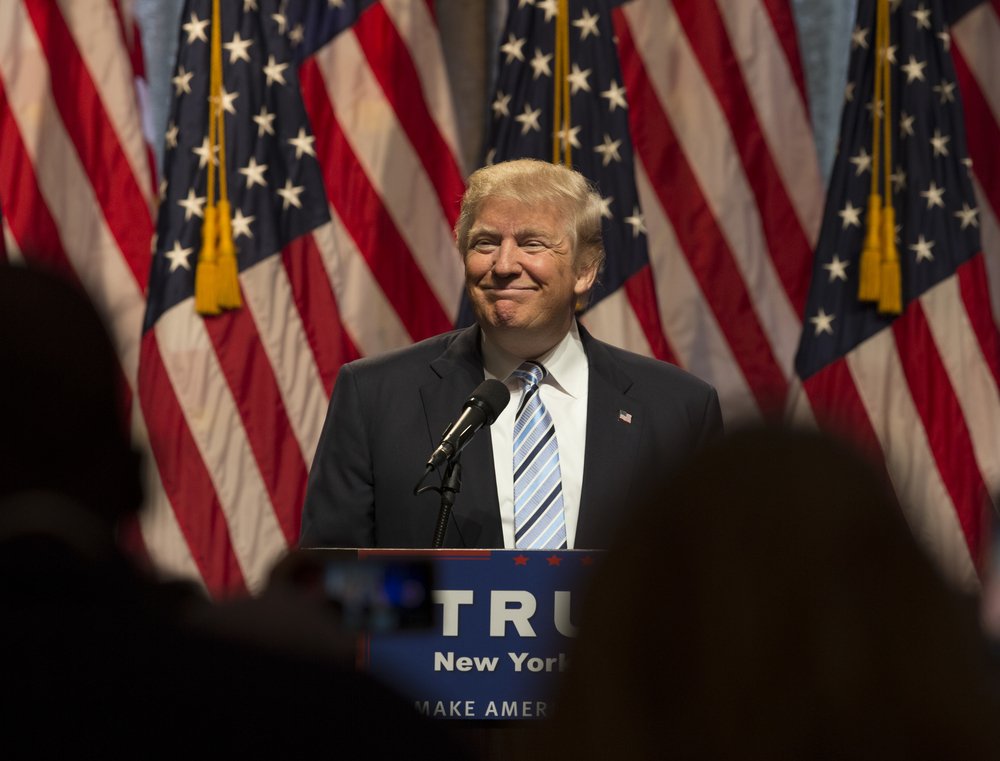Key Takeaways:
- China faces a 145% tariff rate on its goods imported to the U.S.
- A 10% tariff was imposed on other countries like the EU, Japan, and Vietnam, paused until July 9.
- New tariffs target autos, metals, and potentially pharmaceuticals and semiconductors.
- Canada and Mexico have exemptions for certain goods under USMCA.
- Retaliation includes China’s 84% on U.S. goods and Canada’s tariffs on steel.
- Trump threatens more tariffs on Venezuelan and Russian oil, and closes duty-free exemptions for Chinese parcels.
Trump’s Tariffs: How New Trade Policies Are Impacting the World Economy
President Trump has recently escalated his trade policies, imposing significant tariffs that are impacting global trade dynamics. His focus remains strong on China, with other countries also feeling the effects. Here’s a breakdown of the key developments:
- China’s Steep Tariff Increase: The latest tariffs on Chinese goods add up to an unprecedented 145% rate. This includes a new 125% tariff effective this month, compounded by earlier tariffs related to the fentanyl supply chain. These measures are part of a broader response to what the U.S. views as China’s unfair trade practices.
- Global Tariffs: A Broad Impact: Beyond China, a 10% tariff was introduced for countries like the EU, Japan, and Vietnam. Initially set to rise, this increase has been paused until July 9. Notably, Canada and Mexico are exempt, reflecting their strategic importance as neighbors and partners under agreements like the USMCA.
- Sector-Specific Tariffs: Autos and metals have been particularly targeted, with a 25% tariff on imported vehicles set to extend to parts. Steel and aluminum tariffs remain at 25%, affecting industries reliant on these materials.
- Exemptions and Considerations: While several sectors like pharmaceuticals, semiconductors, and lumber have exemptions, the administration is evaluating potential future tariffs. This creates uncertainty for businesses and consumers alike.
- Retaliation from Trading Partners: China and Canada have responded with their own tariffs. China imposed an 84% tariff on U.S. goods, while Canada targeted American steel. The EU, while considering tariffs, has opted to pause its measures temporarily.
- Future Threats and Considerations: Beyond current tariffs, Trump is exploring additional measures. Closing duty-free exemptions for Chinese imports could raise costs for goods like electronics and clothing. Potential tariffs on Venezuelan and Russian oil indicate a broader strategy to influence global trade patterns.
Conclusion:
President Trump’s tariff policies are reshaping global trade, with significant impacts on industries and consumers worldwide. As tensions rise, businesses and nations are forced to adapt to a rapidly changing economic landscape. The uncertainty surrounding these tariffs underscores the complex and evolving nature of international trade dynamics.

